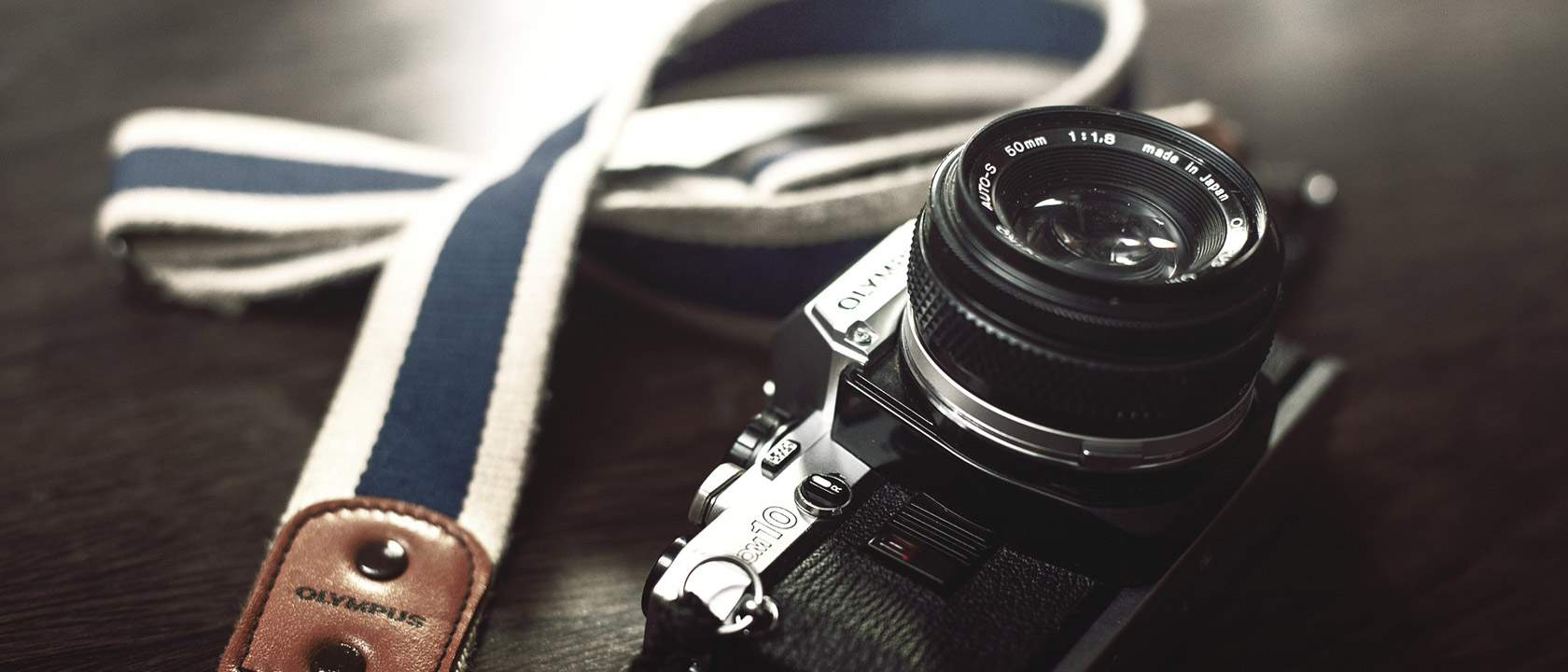Remember when everyone was making fun of giant smartphones, calling them “phablets” while pantomiming the strenuous effort needed to hoist such a gargantuan device up to one’s ear or stuff in their pockets? Well, the OnePlus 7 Pro might make dealing with all those jokes worth it.
Sure, OnePlus is somewhat new on the scene compared to veteran smartphone makers like Samsung or Google. But OnePlus’ trump card is its value. For $700, the OnePlus 7 Pro gives you serious bang for your buck, a welcome development as high-end smartphones are cracking the $1,000 mark. It even has one cool trick up its aluminum frame that keeps the design slick and smooth, helping it compete with any other smartphone in its price point. That’s no easy feat, as it’s in the same arena as popular devices like Samsung’s Galaxy S10+, Google’s Pixel 3, and Apple’s iPhone XR. But it holds its own because it’s packed with high-end components. If specs are what you’re after, that’s what you’ll get here — starting with its screen.
The OnePlus 7 Pro’s display is jaw-dropping. At 6.67 inches, it matches the Samsung Galaxy S10+ in size, and uses the same AMOLED technology to enable more vibrant colors and even blacker displays — it’s built for binging on YouTube videos or Netflix. Beneath the screen itself is the fingerprint reader, a slick way to authenticate your identity without scanning your face or taking up space on the device surface.
But with all that display, and no holes, notches, or bezels in sight, one might be wondering: where’s the front-facing camera? To include a front-facing camera without any design disruptions on the screen, OnePlus did something truly eye-popping: it built a pop-up front camera into the top of the OnePlus 7 Pro’s display. It’s cool — almost as cool as the three cameras on the back.
Haven’t you heard? Three cameras is the new two, apparently. The OnePlus 7 Pro offers three lenses to choose from: wide-angle, standard, and telephoto. That standard camera has a 12-megapixel resolution, but its image sensor can shoot 48-megapixel shots when you swipe up and activate Pro mode, where you can mess with manual camera settings.
OnePlus 7 Pro runs a customized version of Android 9 called OxygenOS. If you’re familiar with Android, it’ll be largely familiar to you, but there are plenty of nice little additions. For one, the OnePlus 7 Pro features neat swipe gestures usable when the screen is off, giving you a shortcut to the camera, flashlight, or your favorite app without looking for an icon or a bit of text.
I tested out the OnePlus 7 Pro’s graphical performance with popular battle royale game PUBG, ending with me picking off my unwitting victim from behind a ramshackle house. After my impossibly lucky victory and subsequent celebration, two words popped into my head: competitive advantage. This thing is fast, and that Snapdragon processor, 128GB of storage, and 8GB of RAM definitely come in handy when shooting images, videos, or virtual competitors in last-player-standing mobile games.
But OnePlus definitely cut some corners here to keep the phone cheap(er), and those choices that irk me like an itch I just can’t scratch. While it’s packed with high-end hardware, there’s no wireless charging. That’s not a huge loss, really — not yet anyway. But no headphone jack? Come on.
Other basics, like a real waterproof rating, are also nowhere to be found, to great consternation from OnePlus fans. The company’s own explanation and promotional video showcasing the 7 Pro’s implied water resistance make the lack of any outside certifications even more frustrating. As OnePlus co-founder Carl Pei put it, certification “doesn’t help us communicate our focus on your real experience, which is why we created this direct and relatable video to show you what our water-resistant quality can actually bring to you in your real life in a more powerful way.” But the lack of true water resistance certification on a $700 smartphone is disappointing, and could be enough for some to reconsider purchasing a 7 Pro, especially if you have a habit of singing along to your playlists in the shower.
Flaws aside, the standout feature on the OnePlus 7 Pro is the camera. But is it better than the Google Pixel 3a, another smartphone photography favorite in the same price range? That depends on what you’re looking for in a smartphone camera. If you just want to take some great pictures of your friends on your smartphone, you should probably pick the cheaper Pixel 3a (and say goodbye to that gargantuan screen). You won’t have as many lens options, but you’ll still get more than stellar images with that single wide-angle camera lens. Plus, both the Pixel 3 and Pixel 3a have a (pretty incredible) low-light photography feature, Night Sight, which produces slightly brighter and clearer images than the OnePlus’ similar offering, called NightScape.
But for more finicky mobile photographers, the OnePlus 7 Pro’s multiple lenses offer more options to capture the shot you really want, especially when you start tinkering with its Pro mode. If you’re a control freak when it comes to your pictures, you might prefer having more tools at your disposal.
And how does the OnePlus 7 Pro stack up against the Samsung Galaxy S10+? It’s a surprisingly close matchup, considering that the OnePlus is a few hundred bucks cheaper than the $999 Galaxy, while offering a similarly huge screen and other specs and features. But that’s not to disparage the S10+. It’s got everything you can think of, like an in-screen fingerprint reader, a dual-lens selfie camera, wireless charger support, and even an IP67 waterproof rating, so its higher cost makes sense. But if those creature comforts don’t matter much, and you just want a great smartphone with a giant screen that doesn’t have a distracting hole in it, the OnePlus 7 Pro might be the Android phone to beat.
Click Here: fjallraven kanken backpack
